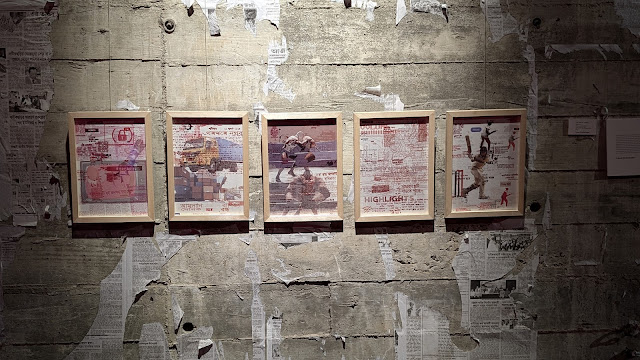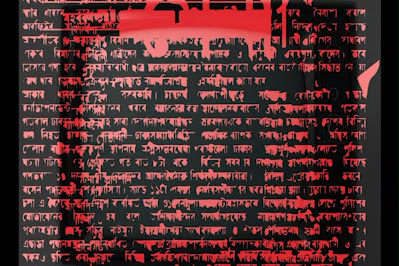Two-channel video (TV and projector), sound object, archival print as a counter gaze of the video and Bengali and English LED neon text
Exhibition: Body and the Map, curated by Sharmillie Rahman
Bengal Shilpalay, Dhaka, 2024
The incident occurred in mid-August, 2024 when a cultural gathering was disrupted due to an attack by certain individuals. I witnessed this event firsthand. As I attempted to document the scene with my phone camera, my device was destroyed in the ensuing chaos. This confrontation deeply influenced me and became a key element in this body of work, where I integrated both the experience and the broken phone itself.






2024-12-08-10-27-42%5D.JPG)



